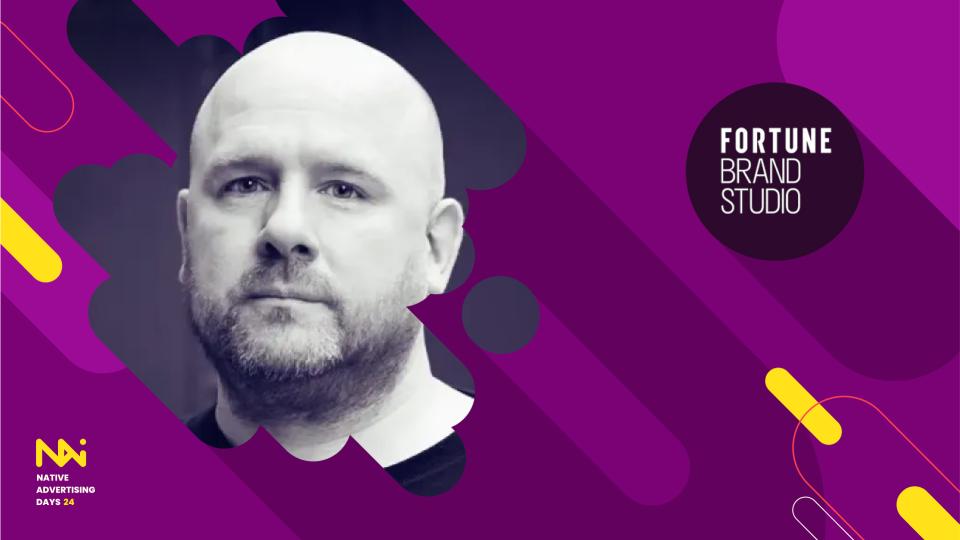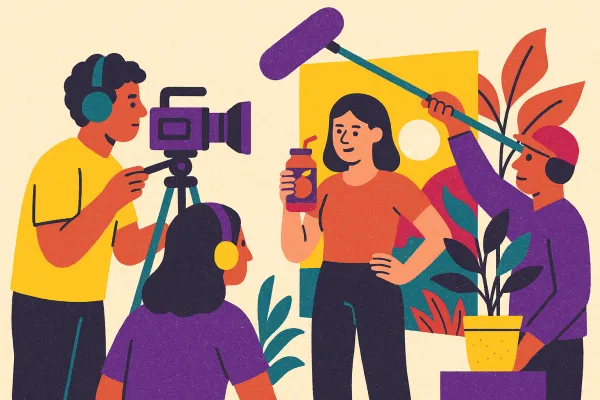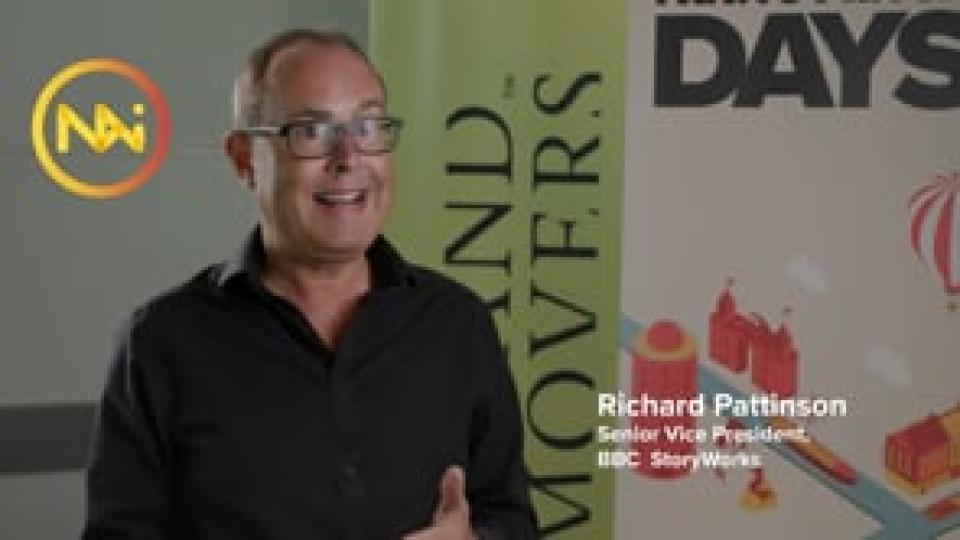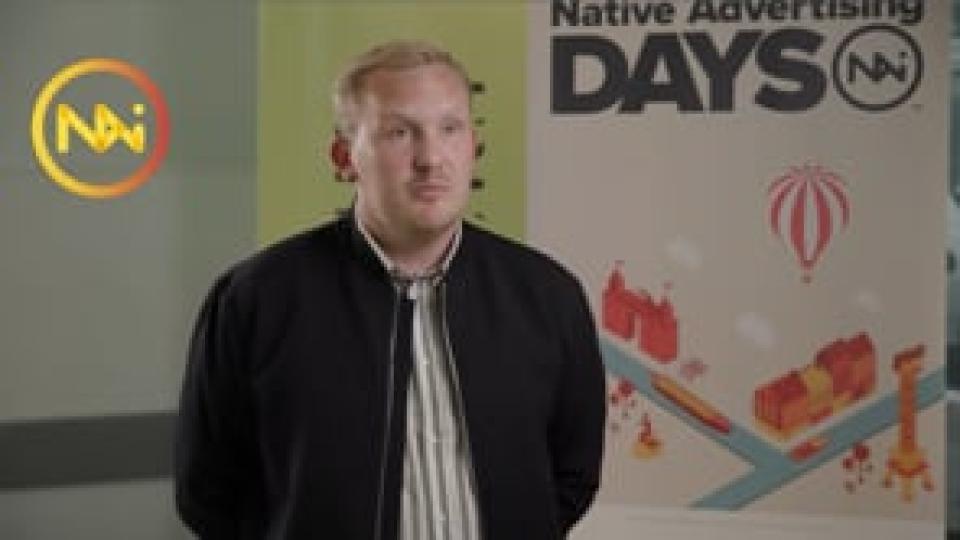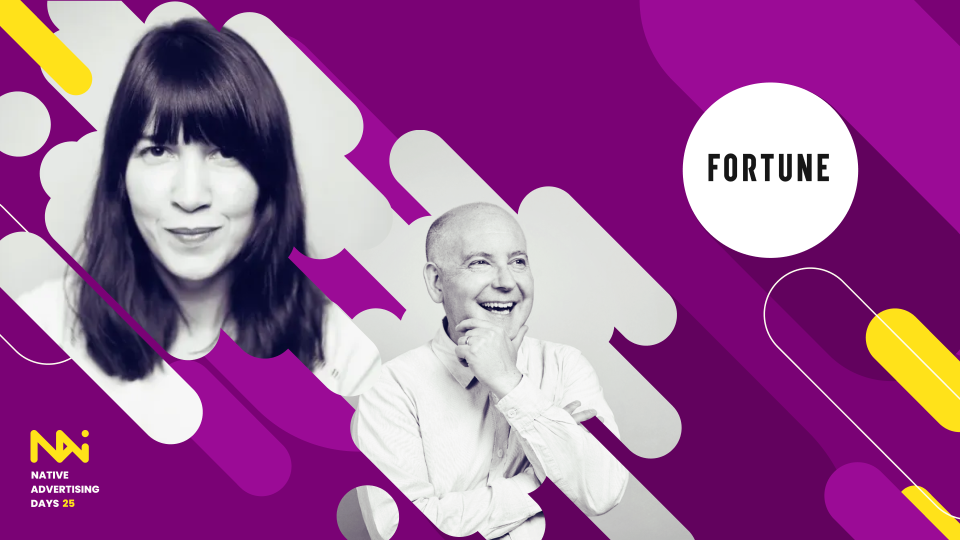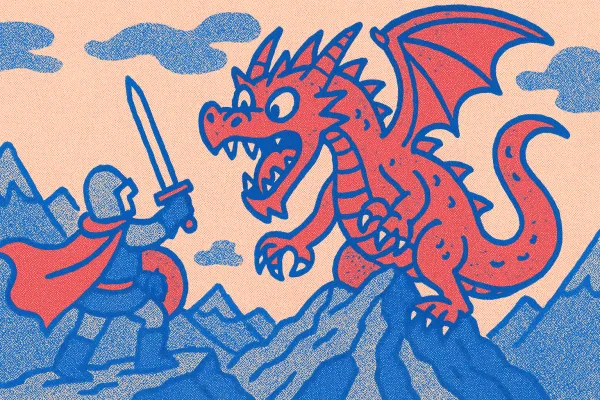
 Details
Details
Videos are a content form that are only rising in popularity. In recent research, 90% of those asked were of the opinion that using video increased brand awareness, with 85% of them planning on increasing their spending on video.
This makes it even more important for advertising companies to be able to utilise video effectively and tell strong stories through this medium.
However, it can be difficult to know how to use video powerfully - especially in short formats.
As video projects involve significant teams and budgets, it’s important to understand how audiences engage with video content in order to ensure the projects will be effective.
Emotional connections and authentic stories create brand videos audiences will want to watch
At the Native Advertising Institute, we had the privilege of hosting a LIVE session with Greg Moyer, where he shared his wisdom about how to make brand videos that people actually watch - based on 25 years working in TV.
Throughout his career, Greg Moyer has pioneered creative storytelling formats for media channels including the Discovery Channel, TLC, and Food Network.
As YouTube began its rise, Greg Moyer saw the opportunity to extract knowledge from his experience of successful documentary storytelling. He founded Blue Chalk Media, where they help knowledge companies use video as a publishing medium. Their work has always focused on a journalistic style of storytelling that creates authentic material which impacts audiences.
We’re delighted to be able to share some of Greg’s insights and advice about storytelling structures that capture the audience’s attention and build emotional connections - even when they don’t have much time to do this.
The central elements of storytelling
From documentary series to brand videos, from short stories to podcasts, the essence of powerful storytelling is summarised by just three elements: Build. Tension. Release.
According to Moyer, the breakdown of any strong piece of branded content contains these three elements, explored in a variety of different ways. To ensure the content you are creating is memorable and understandable, the first step is always ensuring that these elements are at the core.
In branded video content, these elements are developed through the characters, the context and the challenge.
They provide the background for how the core narrative plays out - through the lens or viewpoint of the character, we follow the story as they undertake experiences that allow the audience to understand their goals, objectives and challenges. As the story resolves, the brand message is memorably conveyed.
While this is the core of good storytelling, there are a number of time-proven structures for how the context and challenge play out, which can be utilised for effective brand videos that have a powerful impact on human psychology.
Three proven storytelling structures for effective brand videos
These three structures have proved their value over time, are simple to construct and ensure that the audience will be invested.
They are by no means new; they’ve been repeated over and over again, in great literature and great films, as well as when recounting experiences in everyday conversations. Their power transcends time and format, meaning applying them to advertising and brand videos is a certain way to keep your audience engaged.
1. The Hero’s Journey
A classic structure is the hero’s journey, and it’s an extremely familiar format with anyone who’s ever seen Star Wars or The Lion King.
The Hero’s Journey focuses on the character (the hero), the context of the world they are in, and the call to adventure. Resistance and tension come in when a challenge arises that they must overcome. Conquering this challenge is how the hero arrives at a new revelation or resolution. This is often a moral insight or a transformation of perspective.
Applying the hero’s journey in a branded content setting sets up for the brand value to become clear at the resolution. The hero could be someone who overcomes challenges that are relevant to the brand, making this storytelling structure extremely effective for highlighting brand value and providing a real-life application of this.
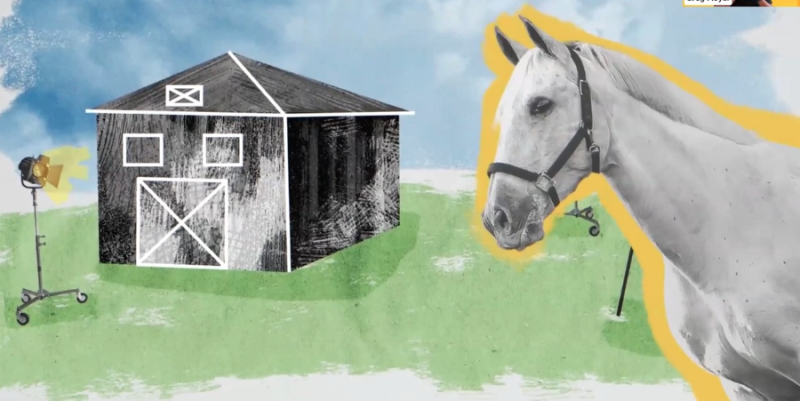
2. The Surprise Structure
This structure is one that's often displayed across psychological thriller in feature films, such as Shutter Island or Gone Girl. Surprise structures usually begin amongst the action, with a mystery or question soon arising. Context is often provided with a flashback, which it’s built up from, and then returned to at a later time. The narrative is less linear in this structure, allowing for creativity and building up suspense. Critically, the resolution comes with a twist.
This format is often an effective choice when there is a powerful human story behind it, which is less predictable and more eye-opening may be expected. It is a creative form that can be extremely powerful for showing brand messaging alongside authentic stories.

3. The Ascent
The final structure example is the Ascent, which is much more structurally simple. It starts with a hook to a backstory, and sees tension rising to the peak of the action. The narrative is driven forward by the events and challenges, where the descent provides a decrease in tension before the resolution. '
Within this framework, the hook often comes within the first line or two, and this is what grabs the audience’s attention and makes them want to know more about the character or conflict. It ensures that they are invested in the ascent and are eager to know the outcome, for which they stay watching the video.
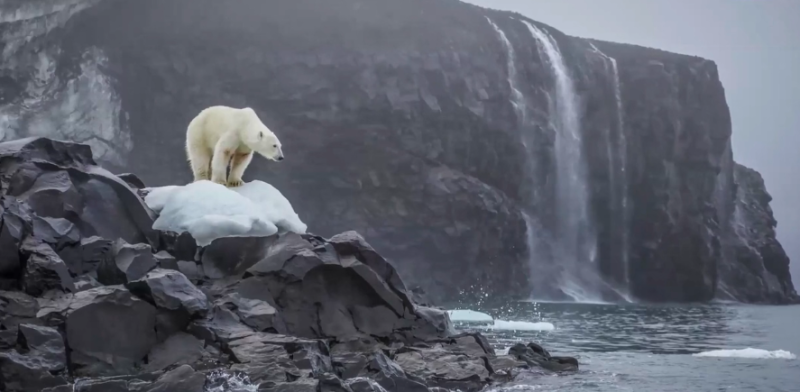
Brand storytelling doesn’t have to be short form
The above formats work well even if you’re interested in long form storytelling - and brands are beginning to move towards favouring this style. However, in long form storytelling another element is vital - alongside the characters, the context, and the challenge, long form stories need complexity.
This is often structural, as it allows you to signpost your way through a longer story, and keep all the different elements true to the narrative thread running through them. An example could be constructing a narrative that bounces back and forth through the same settings in different places, for example. As long as there is an awareness that longer projects require more complex storytelling to maintain interest and keep the structure at the core.
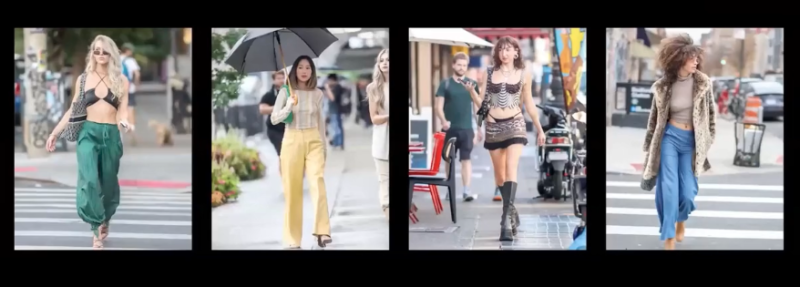
Catch up on the live session and learn how to create powerful brand videos
The clarity of the story should always comes first
Regardless of which storytelling format you are using for your branded content, it’s vital to ensure an emotional pull is blended with clear narrative progression.
Branded videos don’t necessarily need to be long, and they definitely don’t need to be limited by budget or available competencies. They do, however, need to convey authenticity and organically incorporate the brand into the context of the story.
Brand storytelling conveys authenticity when the power and the clarity of the story come first - regardless of which storytelling structure you are using as the roadmap for narrative progression. And the key to authenticity is finding the real stories and the people behind them.

Pre-production is vital for success in branded videos
The most underrated and important step in the process of creating video content of any type is the pre-production. Whether it’s a twenty second promo or a full length documentary series, the work that is done before is the key to ensuring that the finished content will be powerful.
A journalistic approach is an effective way to ensure that your branded videos are unique stories that audiences want to watch.
The first step should always be researching the real stories about people who have engaged with the brand, and the real life situations they have experienced. It is rarely a quick process to ensure you find the right people, but this is the key to ensuring authentic and captivating human stories are told.
Before the pre-interviews, before the story outlines, and before considering the structure, the focus must be on finding real people with relevant stories.
This might be people who have ended up in the situation where they need a product produced by the brand, or just people who have a story that aligns with the brand’s values or purpose. Even though it can take a long time to find, this initial research is the key to creating successful and powerful branded videos that people will want to watch - because they are captivated by the authentic story that is being communicated.
As video content has changed, from cable television to YouTube, Facebook, and TikTok, technology has democratised and independent creators have gained more popularity. Video content will continue to change, but humans have always been interested in other people’s stories - and this is what will continue.
Even in today’s world, where video content of every variety is easily accessible to almost everyone, the content that people continue to be interested in is that which provides them with intimacy and a sense of personal connection. Strong engagement comes from telling authentic stories.
If you can bring character and humanity to the forefront of your storytelling, you can talk about anything and make it interesting. The real challenge is to continue to focus on journalism and put people’s lived experiences at the forefront of all video content - that’s the challenge, and that’s the key to success.
Greg Moyer is currently CEO of Blue Chalk Media, which is part of the Auspicious Group, and can be contacted via greg@bluechalk.com.
